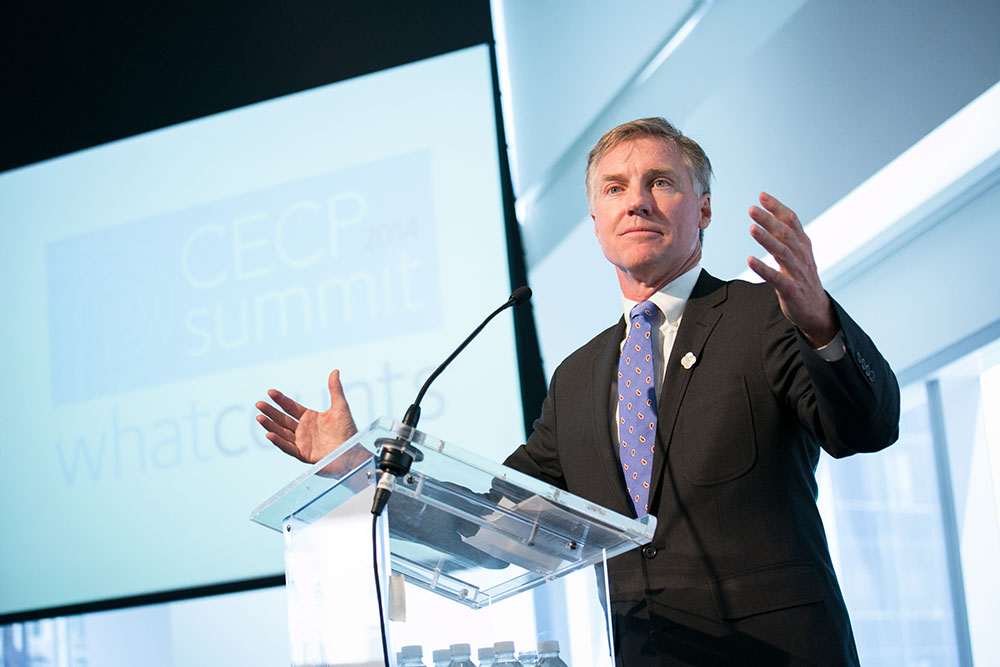President Trump has pledged $1 trillion to rebuild America’s systems, but the proposed infrastructure bill relies heavily on private financing to fund sorely needed waterworks and transit projects.
This poses a problem because private companies “only work on projects that create revenues,” says Rep. Peter DeFazio (D-Ore.), ranking member on the Transportation and Infrastructure Committee. “The vast majority of the national highway system, and our bridge problems and all our transit problems, do not generate revenues. It will not help them.”
A BETTER FINANCIAL MODEL
Sustainable infrastructure is often understood to be a bridge built from recycled materials or an electric plant powered by wind, for instance, but it’s also infrastructure whose upkeep expenses are included in its building costs so that there aren’t social or environmental costs later on.
The ability to fund maintenance prevents massive failures, like the Flint water crisis or the year-long shutdown of certain lines of the Washington, D.C., metro, from ever happening.
“For years, there’s been this separation of costs for building a bridge versus actually making sure that bridge stays up, and over time, it’s created a really weird recipe for a lack of consideration for operational costs in state budgets,” says Anthony O. Kane, managing director for the Institute for Sustainable Infrastructure. “If you build a road one way and it has to be built again in 20 years. Why not build a road in another way and give it a longer lifespan?”
For the close to 30,000 rural local bridges that are deficient across the U.S., sustainable infrastructure is a solution with longevity.

SUSTAINABLE CITIES
Leading the way in sustainable infrastructure projects are New York City, Chicago and Kansas City, Mo. The use of recycled materials, a reduction of carbon emissions and sound pollution are often key elements of building plans.
In Los Angeles (another city at the forefront of the environmental movement), the Metro system is being revitalized by utilizing solar panels for alternative energy and adding 6.6 miles of new train tracks using recycled materials.
“It’s not the classic 1950s definition of infrastructure anymore,” says Rick Bell, executive director of New York City’s Department of Design and Construction. “Transportation isn’t just highways and bridges. It is just as important to create a bike lane for people to get around the city without a car.”
“BRANCHING” OUT
Some of the most successful sustainable projects are ones that citizens might not even view as infrastructure. In Chicago, trees are used as infrastructure to help reduce the city’s greenhouse gas emissions and energy usage. A 2014 Friends of the Park report found the 70,000 trees that were planted over a 20-year period have reduced carbon emissions in the Windy City by 25,000 tons each year — the equivalent of 15,100 automobiles. The tree canopy also reduced air temperature, saving $360,000 annually on residential utility costs.
CATCH UP ON THE FUTURE OF SUSTAINABLE INFRASTRUCTURE WITH THESE DEEP READS:
The Role of Public Policy in Sustainable Infrastructure, Brookings Institute
The Sustainable Infrastructure Imperative, The New Climate Economy
The Next Generation of Infrastructure, McKinsey & Company
Homepage photo by Rick Tomlinson / Volvo Ocean Race via Getty Images.






